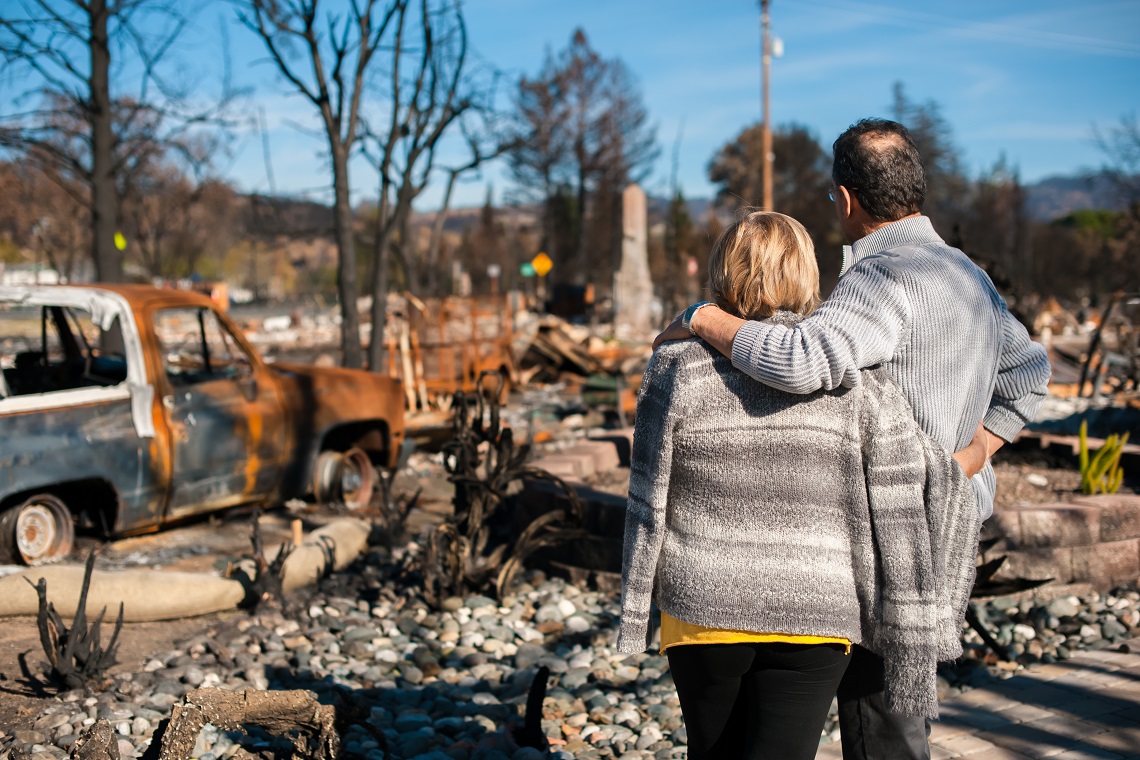Less than half way through the year, and it’s already harshly clear that 2020 will be a year that Australians won’t forget. From months of bushfires to months of the COVID-19 pandemic, our country continues to fight tough battles.
News of the developing Coronavirus situation began to trickle through to Australia in the midst of one of our worst bushfire seasons yet. But in the past couple of months, the news cycle has flipped, with the pandemic taking centre stage.
Residents in some bushfire affected townships have described stalled cleanup efforts seeing months long waits for rubble to be taken away, electricity and phone lines still not repaired and untended collapsed bridges and closed roads. Overall, it’s expected only one third of the cleanup is complete.
While the physical losses are significant, businesses losses largely stemming from a lack of tourism are also great and becoming greater throughout the pandemic. For liquor retailers in these communities, the market remains only as big as the area’s population.
During a short period of panic buying that saw sales for many retailers jump, many retailers in bushfire affected communities still couldn’t recoup losses of earlier in the year and late last year.
On the South Coast for example, Gareth Southam, BDE for Independent Liquor Group in the area, said members had been busy with locals, but usually relied on more than that.
“It’s so vital – that tourism trade – down there… they had been seeing a little increase, but still struggling behind what they would have had with tourists,” Southam said.
Southam was one of the driving forces behind the #GoWithEmptyEskys movement, which as reported recently, has now moved online to encourage people to support businesses in bushfire affected communities.
As many banner groups told National Liquor News back in January, retailers in these communities, although experiencing hard times themselves, continue to do what they can to support the local area. While residents are feeling the delays of recovery from COVID-19, the spirit of the community is attempting to prevail.
Gavin Saunders, CEO of Liquor Marketing Group (LMG), said: “We were fortunate that none of our members’ businesses were directly damaged by fire. However, pubs play a central role within the community and the impact on these communities has been great.”
“LMG were proud to be able to support a delayed festive season for the Rural Fire Services volunteers and community at our members pubs. The concept and celebration was a recognition that many RFS volunteers and communities were not able to celebrate over the Christmas and New Year period and LMG wanted to provide them the opportunity, although delayed.”
While retailers keep supporting their local communities, more help is hopefully set to come after the Federal Government this week announced how more of the $2 billion National Bushfire Recovery Fund will be spent. From a $650 million package, $448.5 million will go to local economic recovery plans and projects, decided on by local councils to help them in a way they need most. Impacted businesses and residents are encouraged to approach local councils with information on what they most need.
According to the National Bushfire Recovery Agency: “This approach will help communities to realise their own visions for recovery, with reinforcement from well-coordinated support from all levels of government.”
The remainder of the $650 million package will be split between environmental initiatives, telecommunications resilience and mental health.
Agency leader and former Australian Federal Police Commissioner Andrew Colvin said: “Disasters of this nature impact individuals in very different ways, and the recovery from that is very individualistic.”
Prime Minister Scott Morrison also identified the compounding of issues that bushfire affected communities were facing as a result of the pandemic.
“The same communities that were hurting most from the bushfires are hurting from the impacts of COVID-19,” Morrison said.
“Every community is different and every community is at a different point in their recovery. That’s why projects that these funds will support are not one-size-fits-all, they will reflect community needs.”

